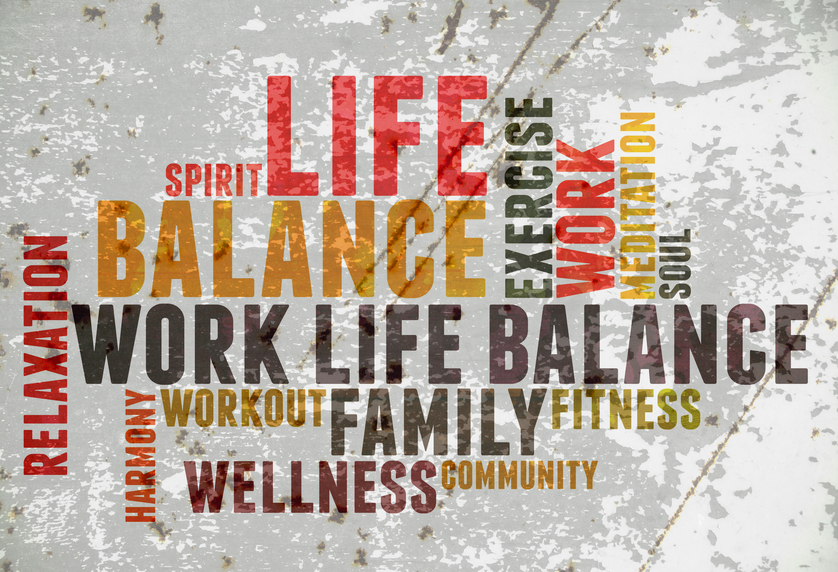Yesterday’s Advisor discussed the rapidly expanding wellness marketplace, outlining specific guidance for navigating the crowded field successfully. Today we tackle more ways to manage the challenge.
 |
Involve others and collaborate. Trying a team approach can help. Wellvolution, for example, is a comprehensive employee wellness program from the nonprofit health plan provider Blue Shield® of California. It was designed by an informal group of 10 Blue Shield leaders, including senior executives, organizational behavior specialists, medical experts, and benefit design experts. This “wellness roundtable” approach works well, given Blue Shield’s need to find custom and personal solutions for its employees, as well as its employer-clients and members.
From this team tactic, for example, came the addition of a social app called Walkadoo®, which encourages daily walking by tracking steps, and connects with employees’ mobile phones, wireless pedometers, or existing fitness tracking devices like FitBit or Pebble.
Ask for assurances and guarantees. When contracting with wellness vendors, always look for prior successes and demonstrated results. Every company should require measurable results and documented outcomes, such as meeting a certain threshold of participation rates.
To increase accountability, employers are also insisting on using risk-based contracts with wellness vendors. The types and magnitude of performance guarantees vary widely, but some pacts call for between 5 percent and 10 percent of vendor fees contingent upon producing timely and accessible reports and achieving certain participation levels and member satisfaction results.
Consider a comprehensive and integrated prevention approach. Experts at U.S. Preventive Medicine, a global preventive health company in Jacksonville, Florida, advise CEOs to look for a comprehensive prevention program that includes the trifecta of primary, secondary, and tertiary prevention.
In simple terms, this means that it covers wellness from early detection to chronic care management in one program. The methods should be clinical-based and include sound medical science and behavior-change science. It should also be able to demonstrate that it can enroll employees—after all, you can’t help your employees get healthier if they aren’t engaged and will continue to be engaged.
Keeping all these points in mind increase your chances of finding the right wellness match for your business and employee health needs. Above all, you want your program to establish a foundation of wellness, improve health, and inspire long-term results over time.
